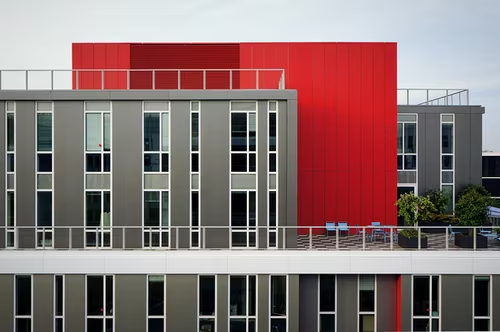How Architectural Styles Have Changed Since the Victorian Era
Victorian architecture and design spanned more than 60 years and incorporated plenty of inspiration from early architectural designs. Victorian architecture started from the revival of Gothic, Victorian, and Greek designs, before changing to a Romanesque revival and eventually moving to the Queen Anne style.
We have come a long way from the Victorian era with notable changes in architectural design. Read on as we explore how architectural styles have evolved from the Victorian era until now.

A Brief History
Early architecture crafted from materials like mud and thatch has long vanished due to unsustainability. However, stone structures like the pyramids, Stonehenge, and other megaliths have survived. Medieval architecture can still be seen today in the form of castles and fortified walls that remain standing. Cross-shaped windows were introduced in the medieval era mainly to protect archers defending the castle. Later in the 12th century, architectural styles were heavily based on Gothic, Greek, and Romanesque designs.
Design Changes and Developments
During the Renaissance era, the world saw the introduction of proportional and symmetrical buildings and incorporated geometrical shapes and intricate patterns that still inspire today’s architectural practices.
Depending on individual style choices, many of these old types of architectural designs can be used in households, although you’ll need the finances to do it.This datagraphic from Comparethemarket home and contents insurance provides a lot of insight into how architectural designs and style can differ from country to country. Gothic styles are quite popular in a lot of European countries, while post modern design is a clear winner for countries like America, Canada and Turkey.

After the Renaissance era, the neo-Gothic era introduced skyscraper-like structures and tall buildings, which were believed to ward off evil spirits. The Victorian era revived most of these early architectural styles, which are particularly prominent in Austrian and Croatian constructions.
Today’s Architectural Styles
The modern-style architecture we see today started in the 20th century with art deco styles. Then, we saw expressionism-based styles, mostly in areas like Germany. In the late 20th century, internationalism or the Bauhaus style became quite popular, laying the ground for the modern architectural styles that we use today.
Modern-day architecture has seen massive changes. Nowadays, designs are created using sophisticated technologies and computers to ensure structural integrity and accuracy, and to help with designing. We now use sustainable materials like bricks, steel, and cement, instead of stone. From skyscrapers to intricately-designed buildings, the architectural styles we use today are indeed promising.

We have witnessed modernist styles, postmodernist styles, and even use styles based on neo-modernism and parametricism. Post-modern architecture has gained the most momentum in recent times and earlier styles are now tweaked up to portray future-forward approaches in terms of shapes and building styles.
